The SG Special Is One of Gibson's Most Overlooked Guitars - Here's What You Need to Know
As the replacement for the Les Paul Special, this classic solidbody was a well-appointed entry point to Gibson’s golden age
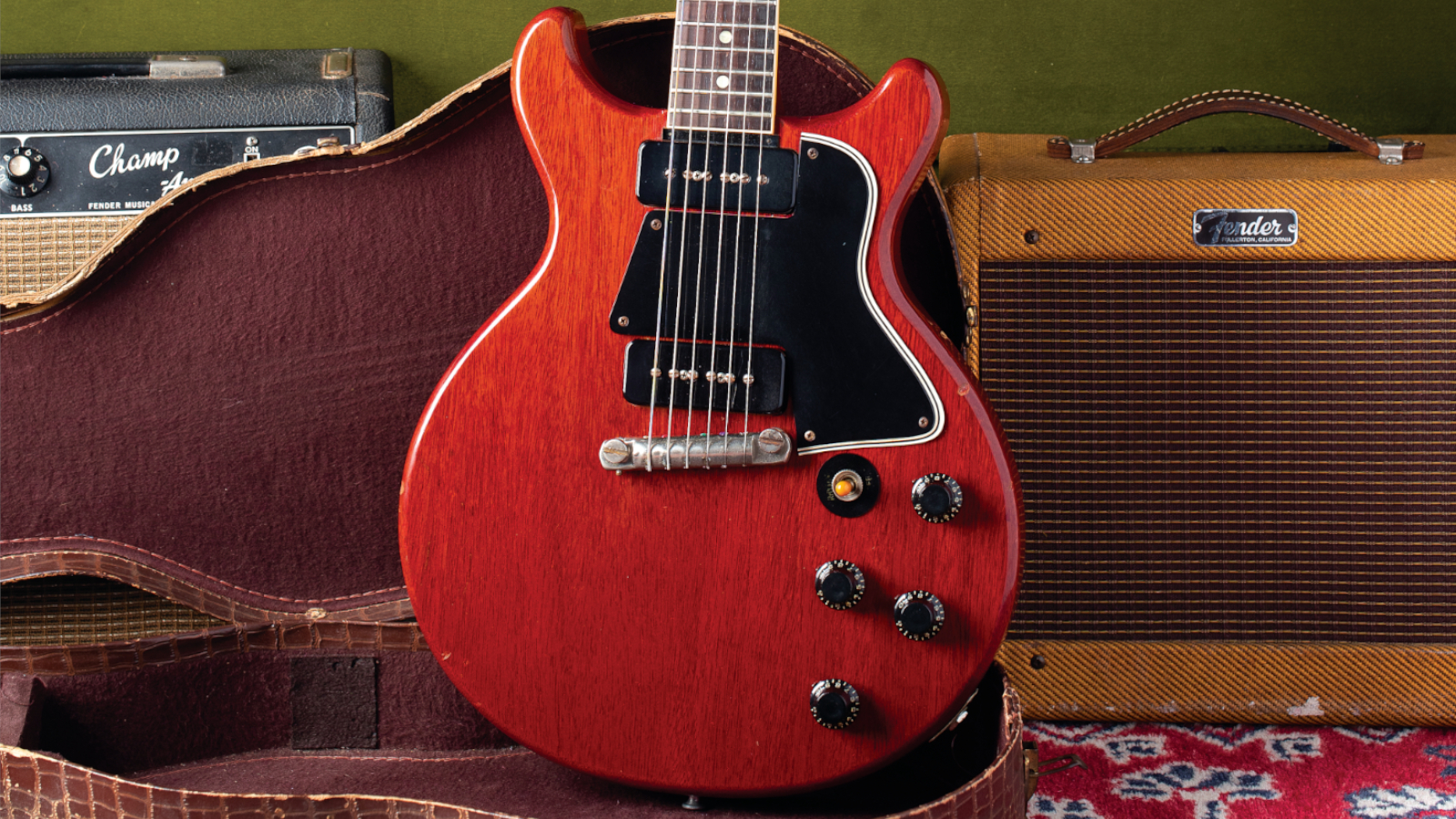
In a world where Gibson’s 1958-’60 sunburst Les Paul Standard reigns supreme for collectability and tone, the down-to-earth Gibson SG Special has long been seen as the rowdy younger sibling: brash, raw, a little unrefined and occasionally ill mannered.
Given both its low cost and golden-era lineage, it became a nifty pawnshop find, even as the ’Burst values soared.
Many punks and garage rockers were among the clued-in guitarists who knew it to be a stealth behemoth in the tone stakes.
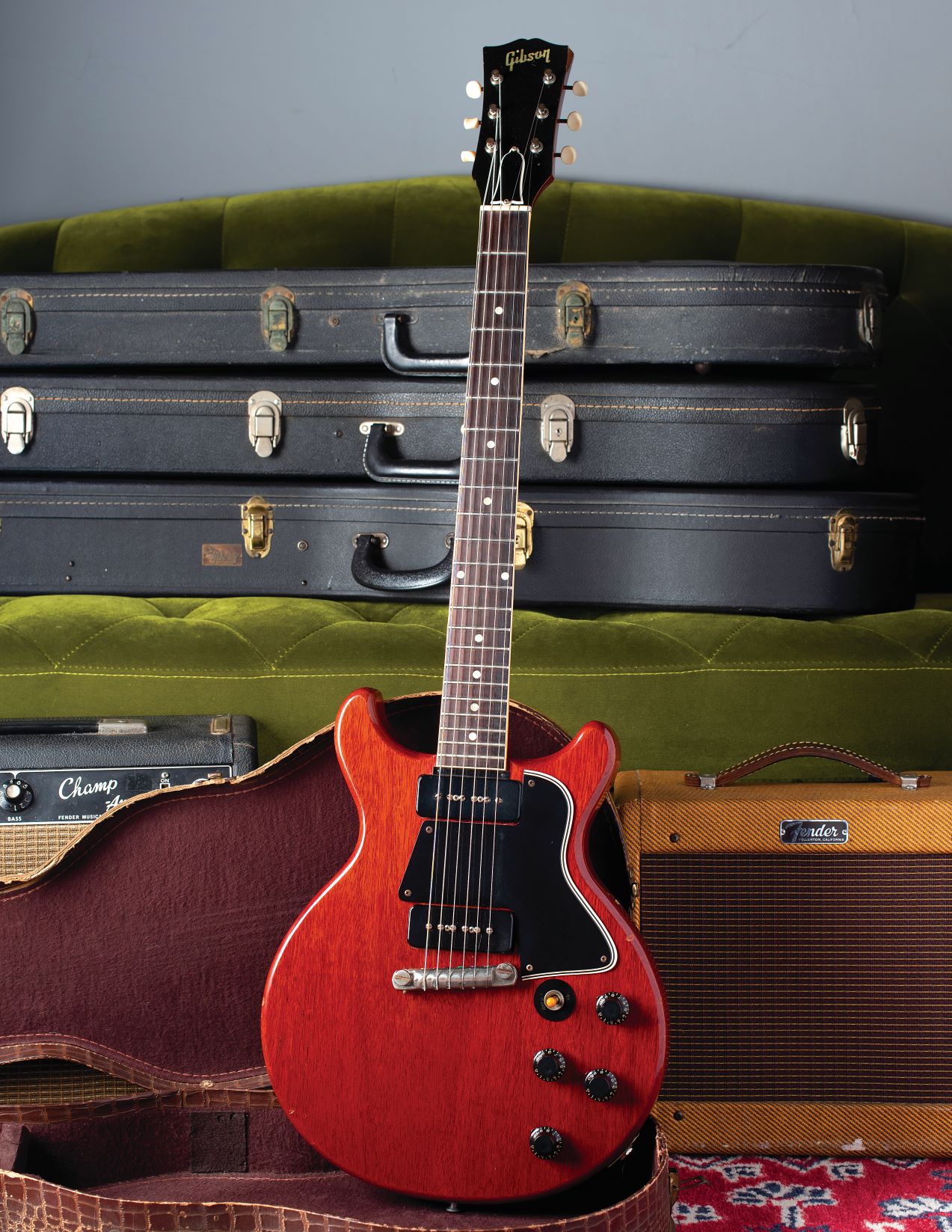
The SG Special arrived in 1959 as the successor to the single-cutaway Les Paul Special of 1955–’58. The SG Special embraced all of that guitar’s features, but its double-cutaway styling gave it a sleeker and racier appearance.
Players throughout the wider guitar world might generally refer to electric guitars like this fine example from 1960 as a Les Paul Special, and indeed the single-pickup version sold alongside it was called the Les Paul Junior.
But officially speaking, by the end of 1959 and certainly into 1960 when this guitar was built, the “Les Paul” name had been dropped from the headstock, as Gibson felt its association with the guitarist had become less valuable.

The catalog officially referred to the double-cut, slab-bodied, two-pickup Special as the SG.
All the latest guitar news, interviews, lessons, reviews, deals and more, direct to your inbox!
While the Les Paul Standard was still flying the PAF-loaded, carved-top ’Burst flag through 1960, the Special became an SG a full year or more sooner than its siblings.
But what’s in a name? Not much, in this case, other than the lack of that gold “Les Paul” silkscreen on the headstock, which for these guitars carried no designation other than the cellulose “Gibson” inlay.
It’s noteworthy that the shift to the double-cutaway design nearly doubled Gibson’s sales figures, from 958 single-cut Specials in 1958 to 1,821 double-cut Specials in 1959.
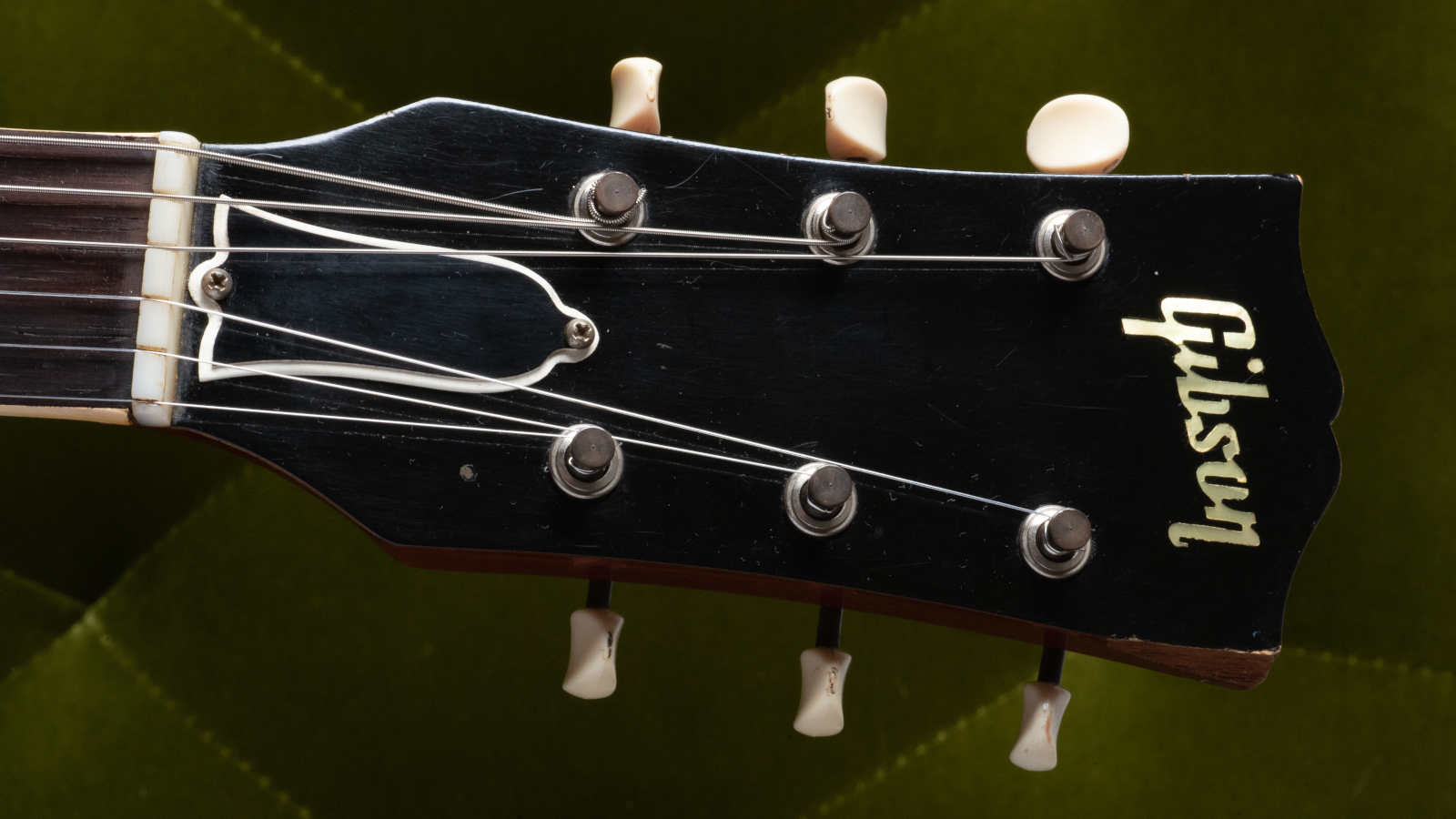
The Special is further defined by stripped-down features in the form of the simpler slab body made from Honduran mahogany, dot inlays and a wrap-around bridge, but the Special was a fully-fledged Gibson in every way and built to be an uncompromising professional guitar.
The glued-in neck has a bound Brazilian rosewood fingerboard and a slightly thinner profile than earlier examples, but at .82 inches deep at the first fret, it isn’t quite as slim as many 1960 Gibsons are purported to be.
It also carries two excellent P-90s, the gutsy, dynamic single-coil units used on all second-tier Gibson guitars of this era.
In addition to the excellent Gibson build quality of the era, the Special’s appeal lies in the combination of its well-aged Honduran mahogany and the early P-90 pickups
The 1960 Special provided for my examination by John Shults of True Vintage Guitar is a stunningly nice example, with a cherry finish that’s still impressively bright and colorful, and a relatively minor level of playing wear. It could easily be mistaken for a Custom Shop reissue at first glance.
In addition to the excellent Gibson build quality of the era, the Special’s appeal lies in the combination of its well-aged Honduran mahogany and the early P-90 pickups.
The wood from this era is known to have been among the best ever used in Kalamazoo. It’s well seasoned, resonant and light, bringing this guitar in at a mere 7.2 pounds.
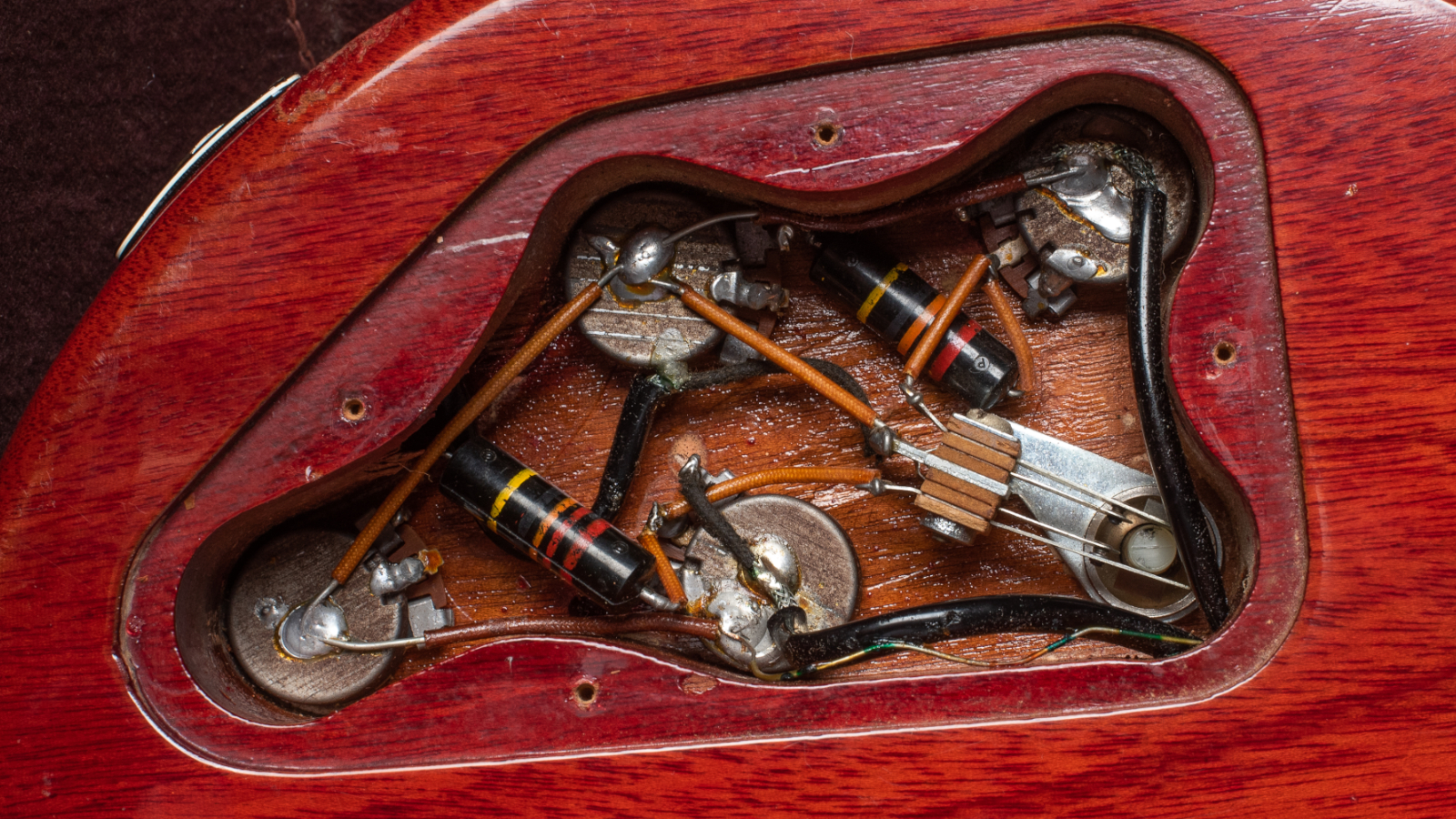
And any fan of vintage P-90s knows that, despite being single-coil pickups, these units can drive an amp as hard as any PAF-style humbucker, with a little added grit and sting that suits them beautifully to a wide range of rock and blues tones.
Most P-90s, in fact, display resistance readings similar to the era’s PAF humbuckers, sitting in the range of 7.25 to 8.25k ohms. It makes sense when you consider they were wound with similar lengths of 42 AWG wire, although it was divided between two coils in the humbucker and loaded in one big spool on the P-90 (which also had two Alnico bar magnets to the humbucker’s one).
Some players have worried about the neck-body joint of the double-cut Special, since, unlike the single-cut, it lacks added support at the upper bout. The design change means owners need to treat their double-cuts with a little extra care.
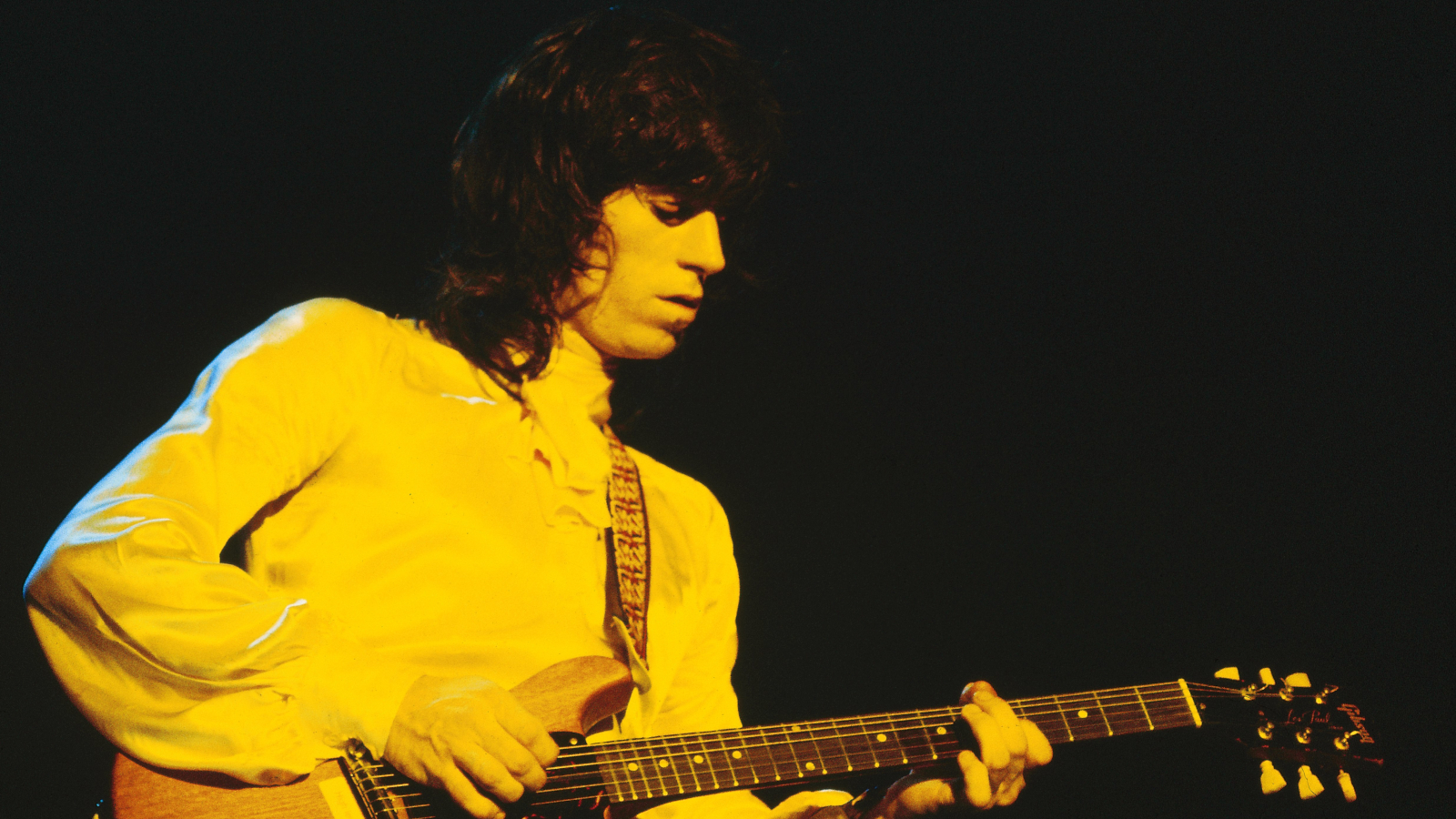
Despite this alteration, the tone of the ’59–’61 Specials doesn’t suffer in the least. A good ’60 SG Special can sound as toothsome and rich as a single-cut, as displayed in many side-by-side tone tests. That said, guitars of this era can vary considerably from one to the next, regardless of the manufacturing date.
The list of notable double-cutaway Special players merges somewhat with that of double-cut Les Paul Junior players, since they are essentially the same guitar, barring the absence of the neck pickup and the addition of some wood adjacent to the neck joint.
Considering the latter variant always leads to talk of Johnny Thunders, but the double-cutaway Special was heavily leaned into in the punk era, too.
Keith Richards also donned a double-cut Junior now and then, while Green Day’s Billy Joe Armstrong has frequently played a Special along with his fleet of Juniors.
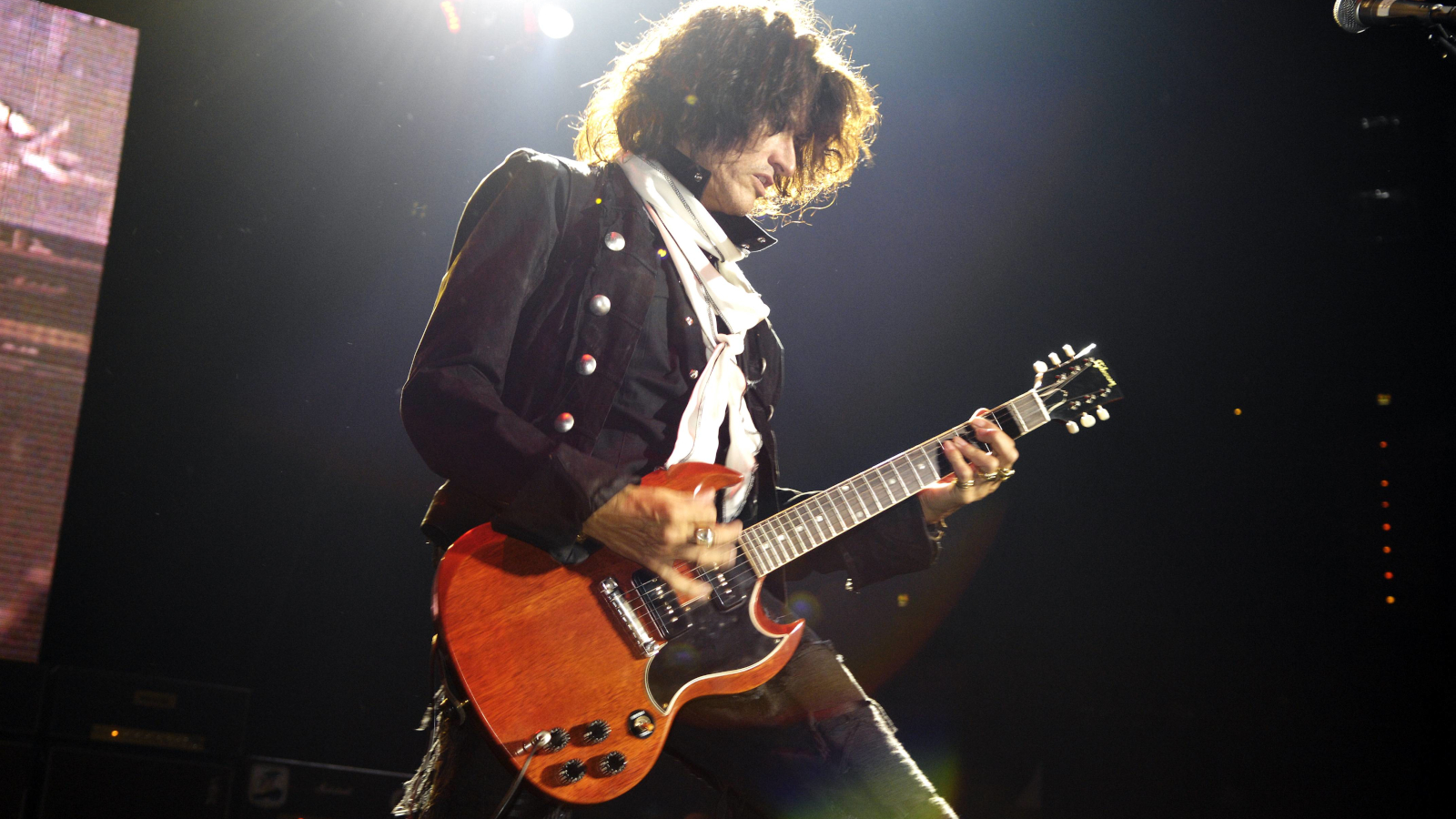
The SG Special in this thick-bodied, double-cutaway guise carried on into early 1961, though a little further into that year the more familiar thin-bodied, pointy-horned version of the SG joined a team of similarly styled guitars, the rest of which wore the Les Paul model name into 1962, and SG after.
Since the 1970s, the Les Paul Special has been a near-constant in the Gibson catalog, in a variety of single- and double-cutaway models. Prices for originals have ascended rapidly on the vintage market, over the past two or three years in particular, reaching the high four-figure range.
Even so, the Les Paul/SG Special is still a far more attainable golden-age Gibson original than a sunburst Les Paul or a dot-neck ES-335 – although it’ll cost you a little more than the $150 pawnshop prize some lucky punk rocker walked out the door with in 1977.
Essential Ingredients
- Solid Honduran mahogany body
- Rounded double-cutaway styling
- Glued-in mahogany neck with Brazilian rosewood fingerboard
- Bound fingerboard with dot inlays
- Two single-coil P-90 pickups
- Wrap-around bridge
Guitar Player would like to thank John Shults of True Vintage Guitar for showing us this incredible example.
Dave Hunter is a writer and consulting editor for Guitar Player magazine. His prolific output as author includes Fender 75 Years, The Guitar Amp Handbook, The British Amp Invasion, Ultimate Star Guitars, Guitar Effects Pedals, The Guitar Pickup Handbook, The Fender Telecaster and several other titles. Hunter is a former editor of The Guitar Magazine (UK), and a contributor to Vintage Guitar, Premier Guitar, The Connoisseur and other publications. A contributing essayist to the United States Library of Congress National Recording Preservation Board’s Permanent Archive, he lives in Kittery, ME, with his wife and their two children and fronts the bands A Different Engine and The Stereo Field.

